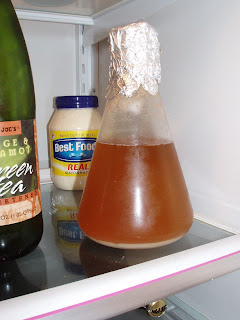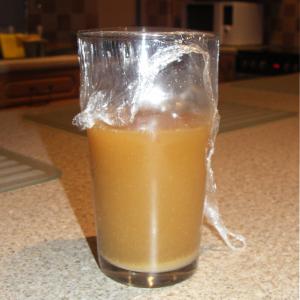i don't know if it's me doing something wrong or if its my process, but my starters never seem to "start".
I boil half a cup of dme in a pint of water, cool it down just under 70F. Combine it and the yeast in my half gallon jug, shake the hell out of it, cover it loosely with some foil, then put it in a dark place. I swirl it around and shake it whenever i can. 1 day passes, 2 days pass, and it doesn't seem like anything has fermented at all. I then pour it into my newly made batch of brew, and it acts as if there was never even a starter to begin with. It still takes just as long to start fermenting, and from looking at the starter, i don't see any visible evidence that there is any more yeast cells whatsoever.
What the hell am i doing wrong?
p.s I don't use a stir plate (which i know would be beneficial)
I boil half a cup of dme in a pint of water, cool it down just under 70F. Combine it and the yeast in my half gallon jug, shake the hell out of it, cover it loosely with some foil, then put it in a dark place. I swirl it around and shake it whenever i can. 1 day passes, 2 days pass, and it doesn't seem like anything has fermented at all. I then pour it into my newly made batch of brew, and it acts as if there was never even a starter to begin with. It still takes just as long to start fermenting, and from looking at the starter, i don't see any visible evidence that there is any more yeast cells whatsoever.
What the hell am i doing wrong?
p.s I don't use a stir plate (which i know would be beneficial)



